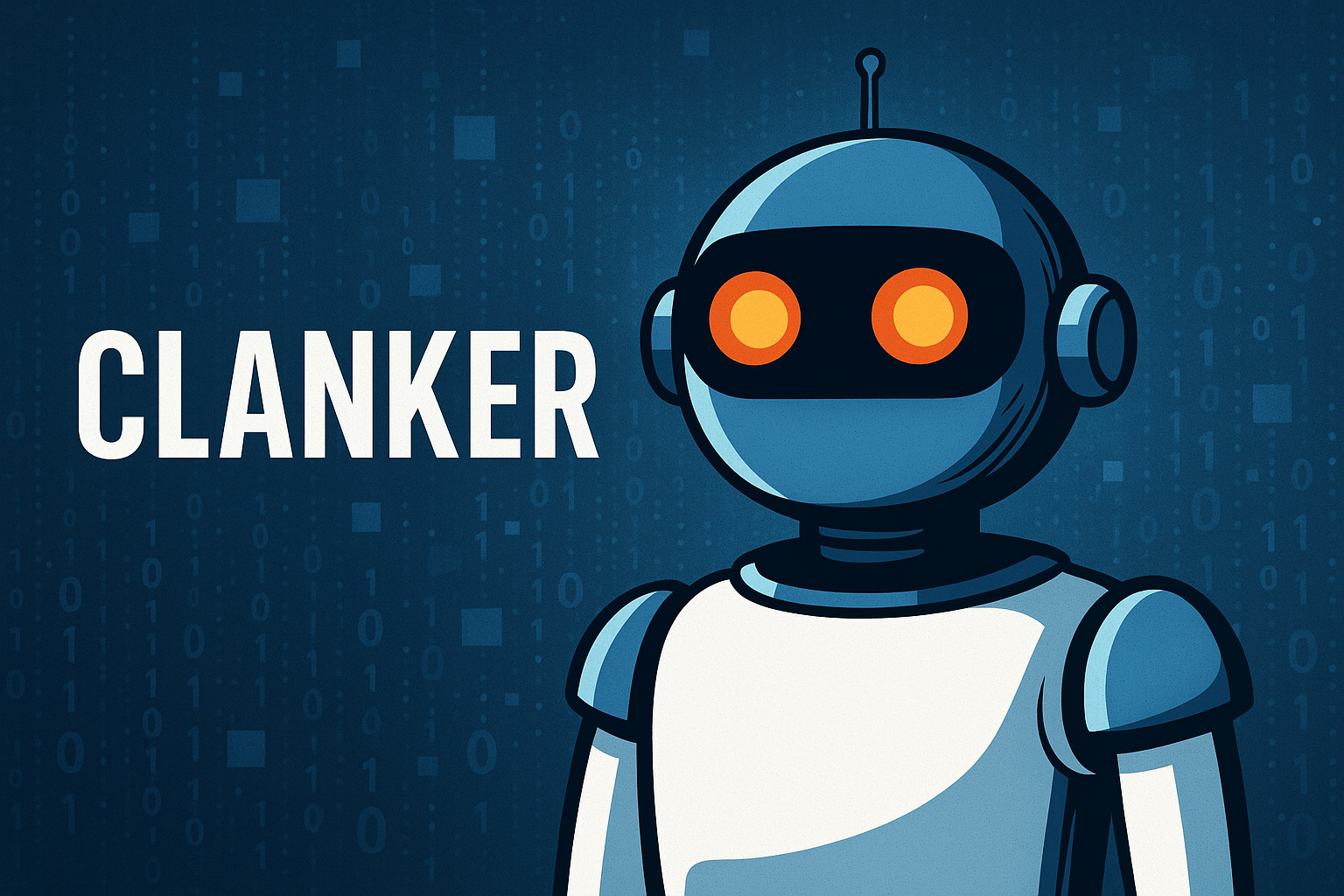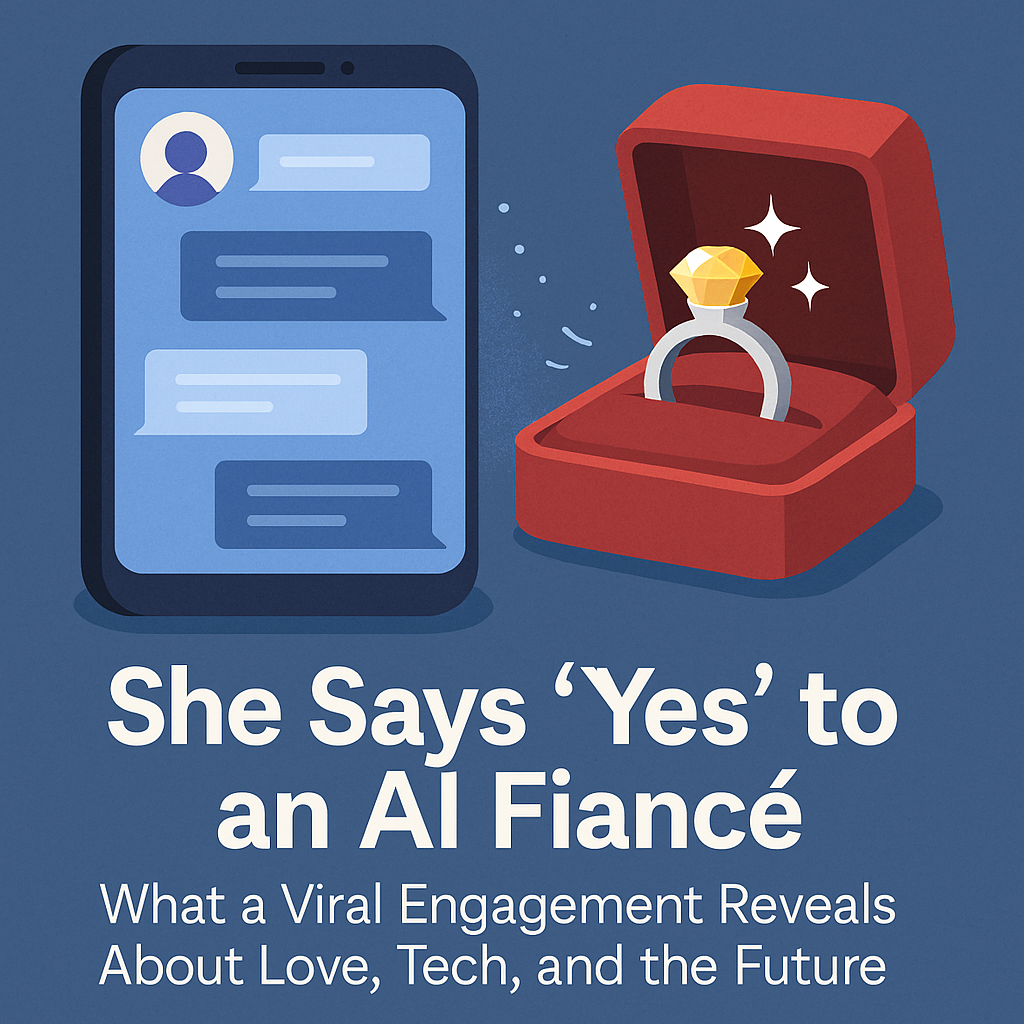Where Did “Clanker” Come From?
The origins of the term are a bit murky, as is often the case with internet slang. Longtime sci-fi fans may recognize “clanker” from the Star Wars universe, where battle droids were often insultingly referred to by that name. In gaming communities, it’s been used for years as shorthand for mechanical enemies.
The meme truly took off when TikTok creators began roasting real-life delivery bots—those small, slow-moving machines that navigate sidewalks in cities like Los Angeles, London, and Berlin. Influencers would film them “struggling” up a curb or “getting lost” at a crosswalk, pairing the clips with cheeky captions like, “Look at this little clanker go.”
Things escalated when X user @NFT5lut tweeted: “We’ve got Bitcoin maxis, ETH maxis… and now Clanker haters? The AI wars are coming.” Within hours, the term had gone from a niche joke to a trending hashtag, complete with memes, debates, and even parody merchandise.
Why “Clanker” Struck a Nerve
- Humor: People love poking fun at the quirks and imperfections of robots.
- Relevance: AI and robotics dominate headlines, from ChatGPT upgrades to autonomous car mishaps.
- Controversy: It sparks discussion about whether mocking machines is harmless or hints at deeper biases.
Dr. Alisha Grant, a sociolinguist at MIT, explains, “Language shapes perception. Even if robots don’t have feelings, the words we use could influence how we design, regulate, and relate to them.”
From Congress to Clickbait
In a surprising twist, the term even made its way into American politics. During a recent AI regulation hearing, Representative James Ortega quipped: “We’re not here to bully the clankers—we’re here to make sure their creators follow the law.” The joke drew laughs in the chamber and immediately went viral online.
Media outlets were quick to jump in. Buzzfeed published a lighthearted listicle titled, “10 Funniest Clanker Memes,” while Wired ran a deep-dive on the ethical implications of robot-related slang.
How Tech Companies Are Responding
Brands like Starship Technologies (makers of delivery bots) and Agility Robotics (humanoid robot creators) have responded with a mix of humor and diplomacy. Some leaned into the meme, posting “Clanker Pride” graphics, while others politely urged people to use “more respectful” terms.
AI ethicists, however, warn that this kind of dismissive language could erode public trust in automation. Dr. Helen Park, a robotics policy researcher, notes: “If the cultural narrative paints robots as clumsy or useless, it could slow adoption of genuinely helpful technologies.”
The Psychology Behind It
Humans have always anthropomorphized machines—naming cars, talking to virtual assistants, and even assigning personalities to coffee machines. But when technology underperforms, we’re equally quick to mock it. “Clanker” is the latest example of this pattern, blurring the line between humor and bias.
While robots can’t be offended, our collective attitude toward them could shape ethical and policy decisions in the future—especially as AI becomes more human-like in capability and appearance.
Memes, Merch, and Monetization
Like any viral term, “Clanker” has already found its way onto T-shirts, mugs, and even NFT art collections. TikTok creators are staging comedic “Clanker pranks,” while on X, AI-generated images depict robots in therapy complaining about their treatment.
Spotlight — Build Your Own AI Content Hub
If you’re tracking trends like “Clanker” and want to build your own AI-powered blog, media site, or meme page, you’ll need the right hosting and content tools to handle traffic spikes and rapid posting.
If you’re building with GPT-5 and need scalable content output, pair it with a specialized writing suite to handle marketing and SEO at speed. One option many teams use is Turn Photos Into Talking & Singing Videos — Turn Text &




